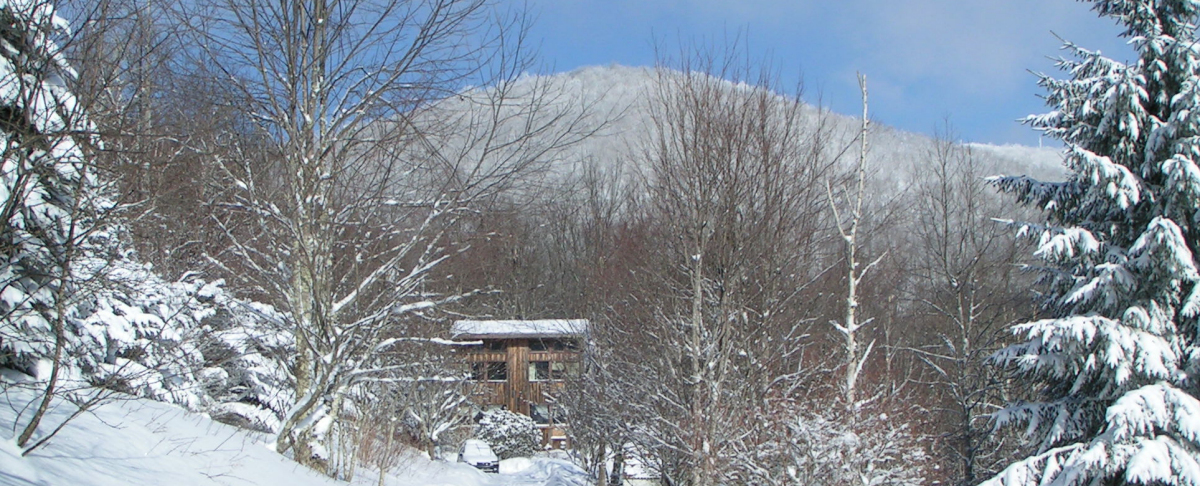Several years ago when we were planning to retire from our in-town occupations, many people would ask, “What will you do? Won’t you miss having your work to come to each day? Won’t you be bored?” The answer was always that we might miss the daily contact with customers, co-workers, or the general public that had been part of our daily routines for so many years, but we would definitely not miss having to leave our homeplace each day to go work at projects determined by someone else according to a schedule set by others. What to do was no concern since we had enough ideas for several lifetimes of things to do both separately and together. And please don’t mention that word “bored”; I can’t understand anyone with even half a mind ever having reason to be bored.
There is always plenty to be done around here, both work and non-work. I started to say play, but some of the non-work activities (writing, designing and planning building projects, photography) are more serious than play. Entertainment doesn’t cover it all, though we do make time for going to bluegrass jam sessions (as audience, not performers), listening to audiobooks, and traveling to attend grandchildren’s plays and concerts and sports events. Leisure sounds too much like sitting and doing nothing, which we sometimes do, but usually it’s more a matter of resting after some other strenuous activity. So there is plenty to do and we usually have pretty full days.
My best friend/partner/spouse usually (actually always) gets going faster in the mornings; I’m more of a slow starter, but once I get busy I often go straight through for eight to ten hours.
There has been lots of hard physical work in the years since retirement. There was hard work before retirement as well, but now there are more hours at home to devote to the physical tasks of construction, gardening, mowing, tree cutting and clearing, winter snow shoveling, and others. I realized recently that my weight fluctuates significantly from winter when I’m less active to summer when most of the more demanding work comes along; then I’m fifteen to twenty pounds lighter (about ten percent of my usual body weight).
Some days when I’m working I’m reminded of my days playing sports in my youth. I started team sports when I was six or seven years old and continued throughout high school. I worked hard at both practices and competitions, trying to always give it my all. The coaches were always pushing us to go harder and I did my best to do what they asked. I was usually worn out at the end of the day. Memories of those times come back to me as I work for hours digging to make planting beds, climbing up and down the ladder to put siding on the house, cutting trees and physically moving heavy logs, carrying fifty-pound bags of soil down the hill to the garden and then climbing up to do it over and over again. Thoughts keep going through my head, “Push harder. Keep going. You can do it.” There wouldn’t seem to be an obvious connection between childhood sports teams and the things I’m doing now, but apparently I learned a lot from those early efforts that is still with me today.
Sometimes CeCe worries about me working too hard, not taking enough breaks, wearing myself out. I’ve learned to be sure to take better care of myself, to not push myself unreasonably. The physical changes that have come with aging also help to remind me that maybe I’ve done enough of a given task for this day. But I’ve also said and continue to say, “If I should keel over in the midst of working one of these days, I want you and the rest of the family to know that these were things I wanted to do and that I enjoyed doing even though they were often physically difficult. I have been happy as I have been working. It wouldn’t be a bad way to go.”
